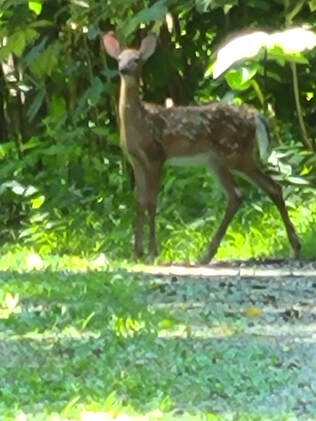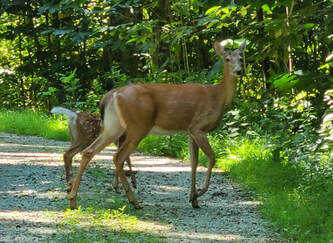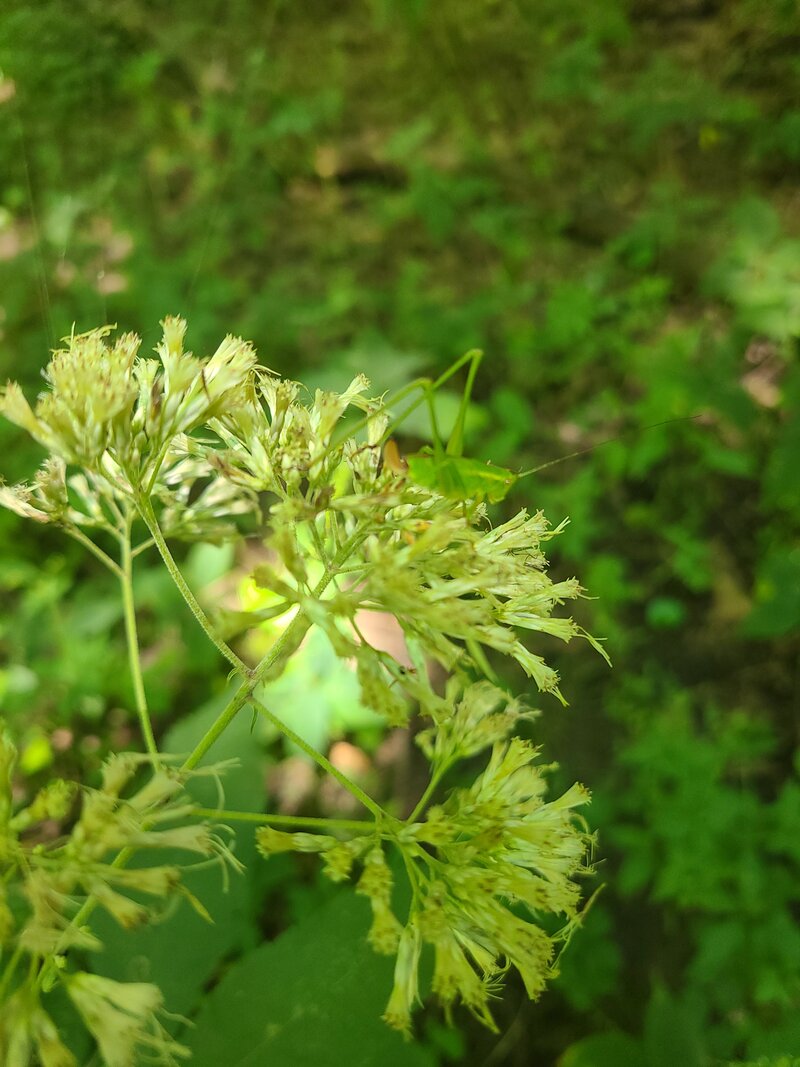|
Here are some videos by Leanne Simpson whose work Dr. Thompson shared with us in class on November 1st.
0 Comments
Our readings for Unit Three focus on three key ecological concepts: biodiversity, ecological restoration, and mutualism. We'll be viewing these videos in class to help prepare us for discussing readings and thinking about your Eco-Narratives. Next week we start Unit Two: Environmental Ethics and Concepts of Place. As we'll discuss in class, to understand and develop an environmental ethic in relation to place requires an understanding of environmental history. That history entails global/planetary changes in climate, land use, habitation, settlement, disease, and population factors over various periods of time. As the introductory video by Jan Oosthoek explains, environmental history is the history of how nature influences human history and vice versa. Human history and environmental history are inextricable, multifaceted, and complex. When you write your Place Histories you will essentially be writing an environmental history of the campus woods. To help you understand different factors, events, and developments related to environmental history, check out the following websites:
We will be watching the shorter version of the film in class on Tuesday followed by discussion of key ideas around Leopold's views of conservation and wilderness. Before our discussion of the Leopold readings on Thursday, I recommend reviewing the study guides for the film and the short essay, "Thinking Like a Mountain." These provide great questions and prompts that might inform or help shape your Wilderness Reflection essays. The study guide for A Sand County Almanac (especially the last page on "The Outlook") should also be a useful resource for later Leopold readings in the semester. Study guides courtesy of The Aldo Leopold Foundation.
There's been some exciting progress this month with environmental protections at the federal legislative level. After the U.S. Senate passed the Inflation Reduction Act of 2022, Biden signed a sweeping climate, health care, and tax bill into law. According to NPR News, the bill includes $60 billion dollars toward subsidizing green energy technologies and infrastructures, mitigating pollution, and working toward environmental justice. Scientific American also notes that the bill will invest "hundreds of billions of dollars into the clean energy projects needed to decarbonize the economy." From the New York Times: The law was written with language that explicitly "addresses the Supreme Court’s justification for reining in the E.P.A., a ruling that was one of the court’s most consequential of the term. The new law amends the Clean Air Act, the country’s bedrock air-quality legislation, to define the carbon dioxide produced by the burning of fossil fuels as an 'air pollutant.' That language, according to legal experts as well as the Democrats who worked it into the legislation, explicitly gives the E.P.A. the authority to regulate greenhouse gases and to use its power to push the adoption of wind, solar and other renewable energy sources."
Throughout the semester, I'll post links to current environmental news or other related topics that come up in class. You can also keep up with the latest environmental news from Science Daily. For more information on old growth forest, go to Old-Growth Forest Network or Forest Stewards Guild. Meanwhile, be sure to check out the library resource page for our class, which should be useful when doing research for your Place History stories about the Campus Woods. Also take some time to watch this video from Dr. Lance Green, where he provides a fascinating archaeological survey of the woods and its long history of human habitation dating as far back as 9,500 years ago. We had a great start to our exploration of the woods during our trail walk yesterday and I enjoyed hearing everyone's observations. I hope you got lots of interesting photos and ideas for exploring further in your Woods Journals. Here are some pictures that I took on my walk Tuesday: a doe with her fawn on the access trail (there was another pair staying concealed in the woods) and a katydid doing a great camouflaging act with the greenery. I'll be teaching a new course this fall, ENG 4110: Campus Woods--Ecology & Place. This is the required practicum course for literature majors and a topics elective for all other English majors. We will be exploring the WSU Campus Woods as a central but often overlooked site of ecological, historical, and communal importance for the university. In our explorations of the woods, we will think about the connections between wilderness concepts and climate change, environmental ethics and place histories, ecology and conservation, and the importance of outdoor spaces for recreation and public health. We will also examine how these concepts and topics are entangled with issues of race, gender, disability, and class. Students will engage with the Campus Woods archives and learn from guest speakers in the fields of ecology, conservation biology, and communication studies. More information will be posted in the Campus Woods section of this website. Meanwhile, take a walk in the woods with Dr. Tom Rooney in this video we made for our Eco-Narratives class... |
AboutEco-centered writing and teaching, with related news, events, and topics for students to check out. Archives
November 2022
Categories |






 RSS Feed
RSS Feed
